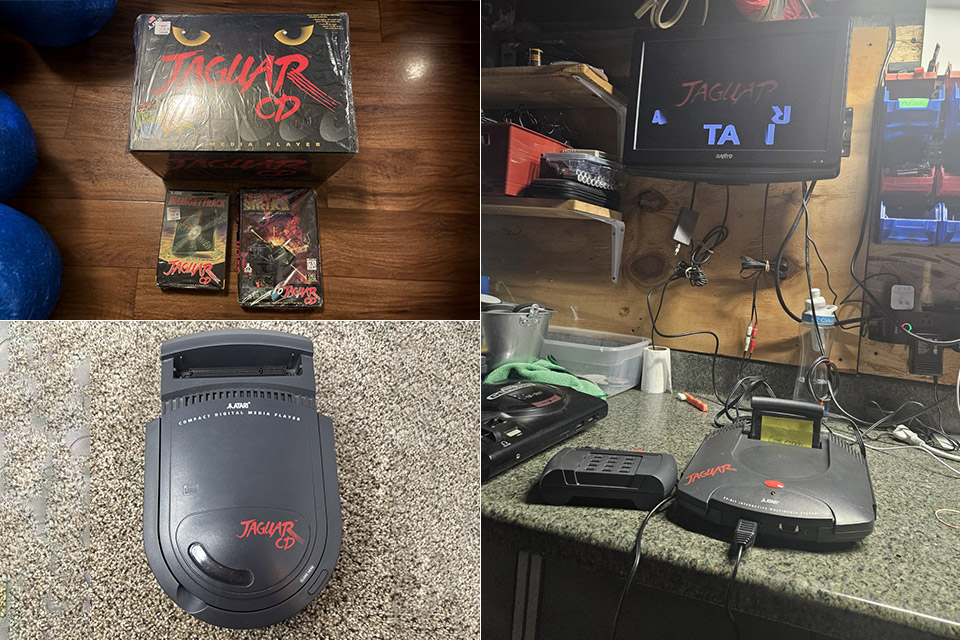An Interesting Look Back at the Atari Jaguar, a 64-Bit Gaming System That was Ahead of its Time


The Atari Jaguar, released in November 1993, was the company’s final home console and marketed as the world’s first 64-bit gaming system. This was a bold claim to make at a time when 16-bit consoles like the Super Nintendo Entertainment System (SNES) and Sega Genesis dominated the market, with 32-bit systems just starting to emerge.
Compared to its main competitors at launch—the SNES (16-bit), Sega Genesis (16-bit), and even the 32-bit 3DO Interactive Multiplayer—the Jaguar’s 64-bit architecture gave it a theoretical edge in processing power. It could push around 850,000 pixels per second and handle polygonal 3D graphics, which was cutting-edge for 1993.
Sale

Arcade1Up PAC-MAN Deluxe Arcade Machine, built for your home, with 5-foot-tall full-size stand-up…
- Join the legacy: Library of 14 iconic games, including Dig Dug, Galaga, Galaxian, Rompers, PAC-Mania, Mappy, and more!
- Authentic gaming at its finest: Relive the golden era of arcade gaming with original licensed artwork, real-feel joysticks and buttons, light up…
- Enjoy Wi-Fi enabled gaming and unlimited free play: Compete with friends, post scores to leaderboards and download the Companion App to join a…
This 64-bit gaming system also boasted forward-thinking features like a CD add-on (the Jaguar CD, released in 1995) and plans for online play via the Atari Voice Modem, which never fully materialized. Unfortunately, poor execution and a tiny library of just 50 official cartridge games (plus 13 CD titles) held it back. Compare that to the SNES’s 700+ games or the PlayStation’s eventual 2,000+, and you see why it struggled to compete.
Atari also planned a VR headset called the “Jaguar VR” in 1994, partnering with Virtuality. It got as far as working prototypes shown at trade shows, promising 360-degree head tracking and stereoscopic visuals—wildly ahead of its time. But Atari’s financial woes killed it before release. Imagine if they’d beaten Oculus by 20 years!
An Interesting Look Back at the Atari Jaguar, a 64-Bit Gaming System That was Ahead of its Time
#Interesting #Atari #Jaguar #64Bit #Gaming #System #Ahead #Time








